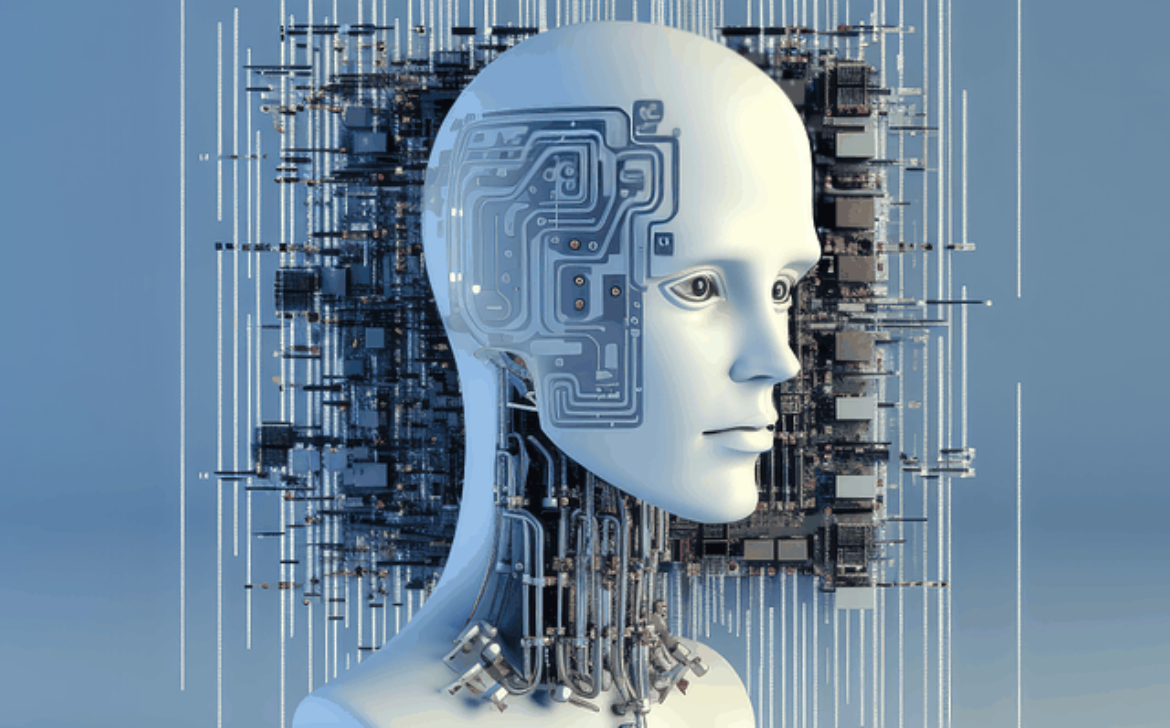Edge Computing: Transforming Data Processing at the Network’s Edge


In an era where data is the lifeblood of digital transformation, Edge Computing has emerged as a game-changing technology. By decentralizing data processing and bringing it closer to where it’s generated, Edge Computing addresses the need for low latency, real-time decision-making, and the efficient utilization of resources. Let’s delve into the essentials and potential of Edge Computing.
What is Edge Computing?
At its core, Edge Computing is a paradigm shift in data processing. Instead of sending all data to a central cloud server for analysis, Edge Computing distributes computational resources closer to where data is generated. This proximity enables faster data processing and analysis, reducing the time it takes for insights to be generated and acted upon.
The Role of IoT
The rise of the Internet of Things (IoT) has been a driving force behind the adoption of Edge Computing. IoT devices generate vast amounts of data in real time, and processing this data at the edge is crucial for applications like autonomous vehicles, industrial automation, and smart cities, where split-second decisions are paramount.
Reducing Latency
One of the primary advantages of Edge Computing is its ability to reduce latency. For applications like online gaming, autonomous vehicles, and telemedicine, low latency is not just a preference—it’s a necessity. Edge Computing ensures that critical data is processed swiftly, making real-time experiences possible.
Enhancing Privacy and Security
Edge Computing also enhances privacy and security. By processing sensitive data closer to the data source, it minimizes the need to transmit this data over long distances, reducing exposure to potential security risks. This is particularly crucial in industries such as healthcare and finance, where data privacy is paramount.
Challenges and Considerations
While Edge Computing offers tremendous benefits, it comes with its own set of challenges. Managing distributed infrastructure and ensuring consistent performance across edge devices require robust solutions. Additionally, the efficient orchestration of computing resources is vital for maximizing the benefits of Edge Computing.
The Future of Edge Computing
The future of Edge Computing is promising. As the number of connected devices continues to grow and applications demand lower latency, Edge Computing will play a pivotal role in delivering real-time experiences to users worldwide. Industries such as healthcare, manufacturing, and transportation are poised to benefit immensely from the transformative capabilities of Edge Computing.

